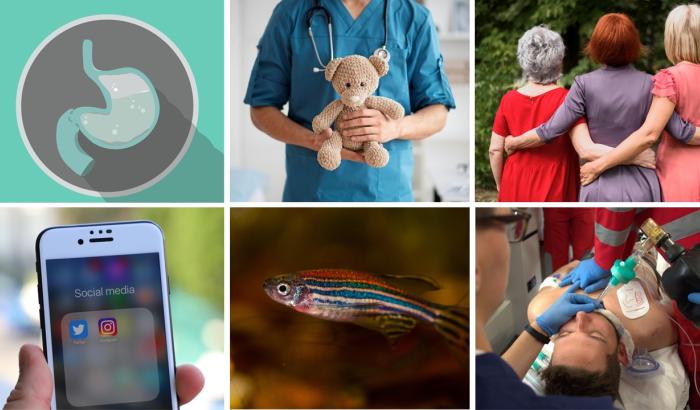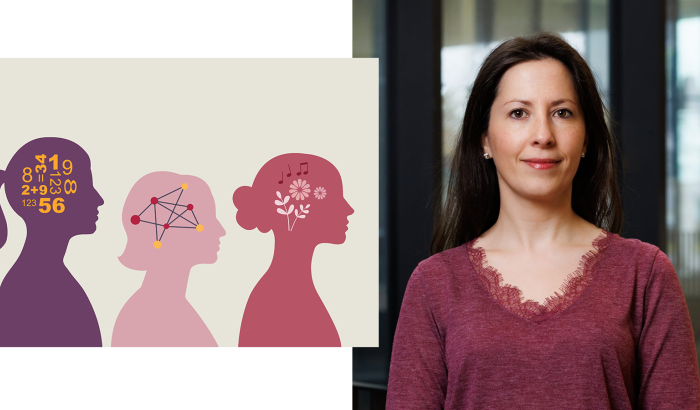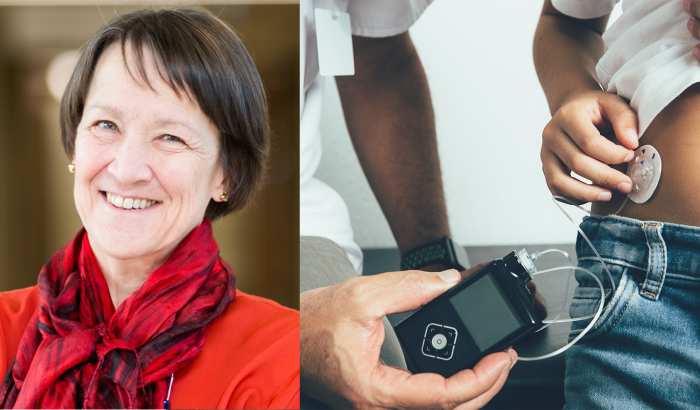
Jean-Baptiste Burnet
We work on online microbial monitoring, using technologies capable of achieving almost real-time measurement of fecal indicator bacteria such as E. coli.
When I open the water tap in my flat in Germany, I can draw perfectly safe drinking water. Why should I care about contamination?
You are in a privileged situation - and we are so in most developed countries as we do not have issues with waterborne pathogens. Yet there is still a risk that your drinking water supply is temporarily affected by a major fecal pollution event, for instance due to sewage discharges or diffuse runoff from agricultural land following intense precipitation or snowmelt episodes. In combination with treatment failures, pathogens may pass and reach your tap. Major waterborne outbreaks have occurred in the past.
For instance?
In 1993, deep snow had built up over the winter in Milwaukee and it was all released into the watershed following intense rainfall in early spring. Wastewater treatment plants were overloaded and untreated sewage was discharged directly into Lake Michigan and finally hit the intake of the city’s drinking water treatment plant. Over 400.000 people got sick from a waterborne pathogen called cryptosporidium and some even died. Luckily, no such major outbreak has occurred recently because a lot of efforts have been dedicated to remove such pathogens and to build efficient barriers. However, a lot still needs to be done to better protect drinking water supplies through an efficient risk monitoring and management framework.
At the beginning of March, tropical cyclone Idai hit Mozambique, causing widespread flooding . Surely, water pollution is a major problem in this area…
Yes, indeed. The foremost issue in these situations will be to protect people and infrastructures, including water treatment plants, from rising waters. But indeed, the water quality can become a major issue too. This is why rapid microbiological methods could be added to a toolkit for efficient disaster response. Local authorities would be able to quickly know for instance if water treatment worked out efficiently. This is one of the many potential applications of the techniques we work on…
In how far?
We work on online microbial monitoring, using technologies capable of achieving almost real-time measurement of fecal indicator bacteria such as E. coli. By measuring this indicator in less than an hour, we get a very quick impression on the water quality. In contrast, standard laboratory assays involve an 18-24 hour cultivation step, which significantly delays the time to result. Currently, besides our efforts on drinking water supplies and bathing waters in Canada, I am collaborating with colleagues from different teams worldwide to find out how such rapid methods could contribute to better respond to disasters like in Mozambique in terms of microbiological water quality assessment and monitoring.
In short: How does the online-monitoring work?
The commercial instrument performs automated sample collection and measurement of an enzyme that is specific to E. coli and already used in current laboratory-based assays. It can be operated remotely and measurement results can be viewed in real-time on a secured internet portal. The measurement frequency can be adjusted based on the needs – we are typically performing online monitoring at 1 to 2 hour resolution.
So your work will be most beneficial for countries with water-quality issues such as India or some places in Southeast-Asia?
It will hopefully be so in a near future, as they need it most. Yet, there are still financial and logistic barriers to the implementation of such online technologies in these countries. Actually, in our western countries too, water resources can be heavily impacted by fecal pollution while global changes and increasing water scarcity will even further put pressure on our aging water infrastructures. Much more efforts must be dedicated to source water protection, which is the very first step of water treatment. In my opinion, the rapid technologies we are working on are a valuable tool to better understand our catchments and to proactively identify and characterize risks associated to microbial hazards upstream of the water treatment train. My research at Polytechnique Montreal is focusing on this particular issue and we have been able to much better understand the interplay between hydrometeorology, local pollution sources and temporal dynamics of fecal microorganisms within the drinking water supply, including waterborne pathogens such as the one that caused the Milwaukee outbreak 25 years ago. Our measurements demonstrate how microbial water quality fluctuates over various temporal scales, from hourly to seasonal and how episodic peak pollution events can easily be missed using current routine monitoring frameworks. Many developing countries have pressing issues both in terms of sanitation and safe drinking water supply, especially in a context of climate change. This is why I think that rapid and online monitoring tools are required and worth being investigated as part of a global action plan towards more resilient water supplies.
Currently you work in Montreal, but you are planning on coming back to Luxembourg. Your research is a much applied one. Are you heading for the industry or academia?
Though I already started collaboration with the private sector and would be happy to continue such applied research in Luxembourg, I wish to work in a research environment with strong ties to the industry. In my opinion, the online technologies I am working on can provide valuable datasets in the era of smart cities and digitalization of the water sector.
Text: Tim Haarmann
Infobox
In Luxemburg, the Upper Sûre reservoir (the only surface water supply) provides 50% of the water consumption while the other 50% is provided by aquifers. 2/3 of the latter groundwater is sourced in the Luxemburg Sandstone formation, notably around the city.



